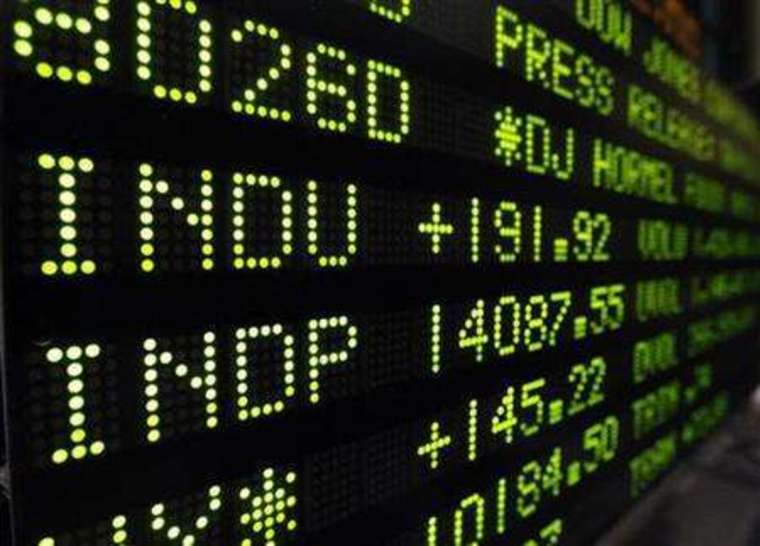We are currently in the middle of this quarter’s US earnings season – where company’s provide guidance and reveal their performance over the past few months and radically shift their P/E ratios. This can be an exciting time for traders, profitable or less so, depending on your strategy!
There are two key factors you need to understand if you want to profit from the stock market and it is not P/E ratio:
The stock market has been at all time highs in the US, and this always is a cause for even greater scrutiny, when it comes to reviewing company performance and evaluating whether to buy, hold or sell.
When stock prices are higher, earnings need to flow through at a higher level, in order to support the value of the shares. One of the most commonly used measures for this is the P/E ratio (Price/Earnings ratio). If earnings are weaker, the commonly held belief is that the share price should fall, to maintain the ratio. Alternatively, shares may hold their value but be considered “over-valued”
It’s a bit like the Australian Property Market
This is not dissimilar to property. If the value of the property pushes higher, the expectation is that the rental return or yield (the earnings) should also increase, to support the value of the property.
However, this is not always the case. For example, in strong property markets, as we have seen in Australia in recent years, rental increases have lagged considerably behind the relative jump up in value of the properties. As such, and just like shares, these properties may then be considered, over-valued.
So why haven’t the property prices come back down a little to reflect the lag in rent increase? Simple – because there has been strong buying pressure, driving prices up, irrespective of rental return.
But how does this relate to the stock market?
Stock prices have been driven higher, not just on the back of the income or earnings, which in some cases, have been disappointing. More significantly, prices have been driven higher, into “over-valued” territory, based on the strength of buying pressure.
To give an indication, while in the first quarter of the year, we saw money flow out of the US equity market, as fear of recession, poor earnings etc weighed on sentiment. This past quarter saw inflows ie buying pressure, as those threats fell away. Post Brexit the flow in was even stronger, after all, global investors have to put their money somewhere. The US stock market was the place it landed and why not, given the relative stability it offers, compared to Europe and Asia.
The Herd creates momentum and safety
If you have ever watched a documentary on animals migrating, say in the Serengeti, the pack or herd creates its own momentum and provides a level of protection from predators. I discussed this in my video blog last week, and this is one of the core factors that has driven the US equity market higher.
Sadly for some, this has been a genuinely missed opportunity. They were expecting a collapse, that has not happened and decided to sit this one out, instead holding cash, as a “safe haven” asset. Unfortunately for them, over time, as this market may well push higher, they may finally be tempted to get involved at far higher levels, not only meaning they missed out on the gains to date, but also have substantially more downside risk, as they are in the market from higher levels and have no previously banked profits to provide a cushion.
So where to from here?
At the end of the day, to make money, you must have a view – In or Out, Long or Short, Bullish or Bearish – or indeed, No Idea so stay out! My advice to you would be simple – when shaping your view, make sure you base it on the reality of markets, not the headlines. Headlines are designed to get you to want to open or read the story, not necessarily reflect the facts.
